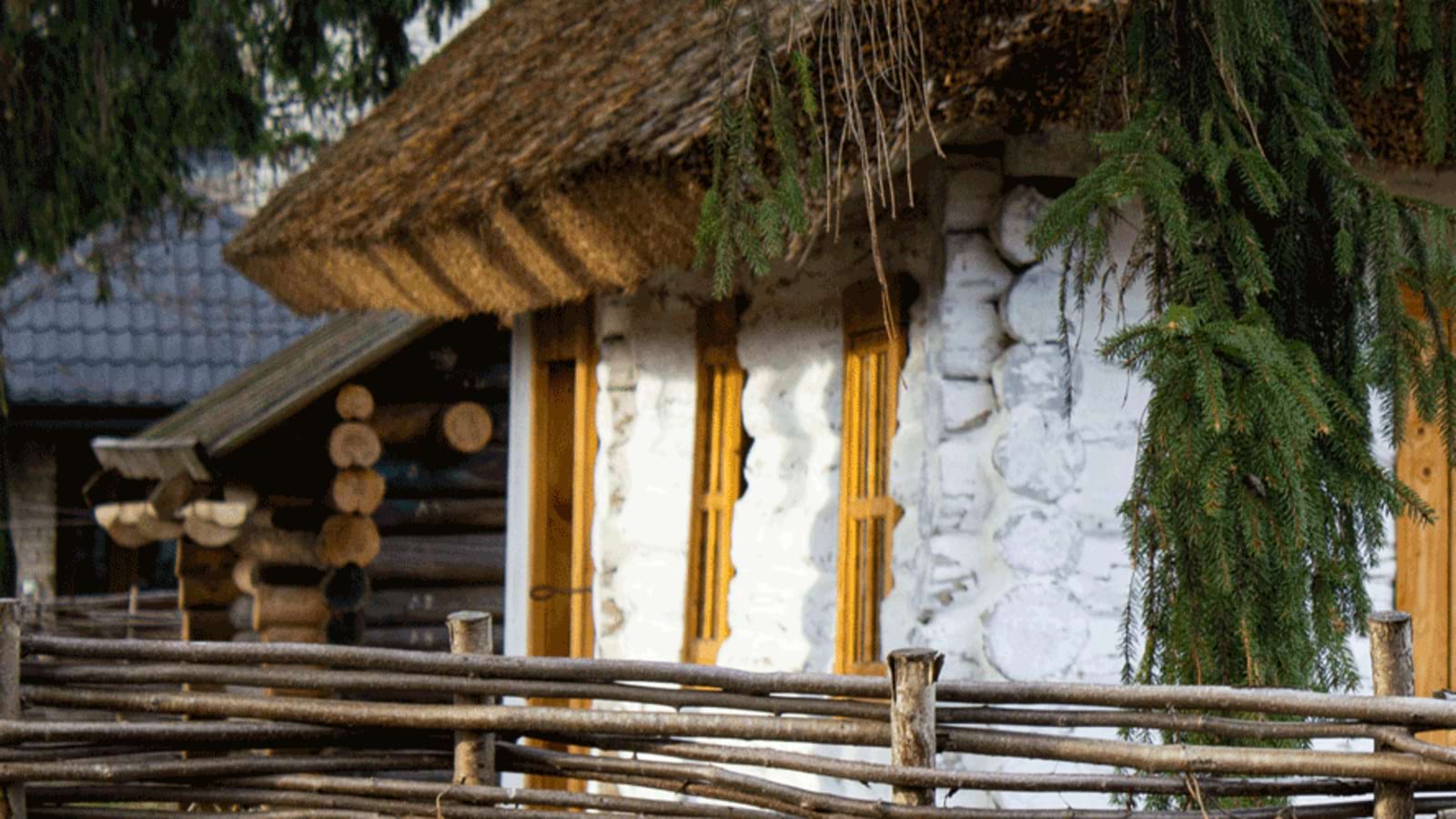The Cathedral is not accessible to people in wheelchairs, without a toilet accessible to Persons with Reduced Mobility (PRM).
The facility is accessible only to persons with visual impairments and without mobility problems. However, by agreement with the leadership of the Cathedral, it is possible to get to the middle of the sanctuary from the right side of the building through the side door.
Description

Greek Catholic Cathedral of the Exaltation of the Holy Cross.
In 1640, the city lord Janos Druget invited Jesuits from Slovakia to Uzhhorod. He bought land for the college at his own expense and resettled the townspeople from there. In addition, the order received from the owner of a village in the Uzhgorod district (now the village of Kontsovo), vineyards and orchards in Uzhgorod, and a considerable amount of money. And the Jesuits began to build, using firewood from the Nevytskyi forest, and traded wine, beer, and building materials. Instead, Janos Druget asked the fathers to pray for him and his descendants. The Jesuits built a collegium, a monastery, and, lastly, a church. The church was built in the late Baroque style in 1732-1740. And in 1773, Pope Clement X dissolved the Jesuit order, and they were forced to leave the city. Two years later, during the reign of Empress Maria Theresa, the complex was handed over to the Greek Catholics and began to be adapted to the Eastern rite.
The large image on the ceiling, "Exaltation of the Holy Cross of the Lord," was executed by Ferdinand Vydra, who painted many Transcarpathian churches. In 1927, Josyp Bokshai became a diocesan artist, and the Cathedral has many of his paintings. And in the middle of the 20th century. He painted the ceiling of the Cathedral with the monumental image of the Exaltation of the Holy Cross. He also made colored stained-glass windows on the window in the sacristy.
The Cathedral has a complete five-tiered iconostasis in which there is a shrine with a fragment of the cross on which Christ was crucified and the relics of Blessed Theodore Romzhi.
The oldest elements are the side altars of the central chapels, which have survived from when the temple belonged to the Jesuit order. On the left is the image of the "Crucifixion with the Preachers" (below) and "The Protection of the Holy Virgin" (above) by Ferdinand Vydra. The right altar contains the images of "The Coronation of Mary" and "The Virgin with the Child and the Coming Disciple", which are the works of the famous Transcarpathian artist - Josyp Bokshay.
In the dungeons of the temple, there is a crypt where prominent members of the clergy were buried. Here is the grave of the bishop and educator Andrii Bachynskyi, the last Bishop Teodor Romzha, who was beatified by Pope John Paul II in 2001, was buried here.
The Soviet special services killed Bishop Teodor Romzhi. For three years, he was under pressure from the Soviet authorities. A special operation disguised as a car accident was organized. Teodor Romzha survived, although he suffered significant injuries. In particular, his jaw was badly damaged. The injured bishop was taken to Mukachevo for treatment. There he was operated on, and his health started to improve. Then an NKVD agent disguised as a nurse was sent to him. The pseudo-sanitary lured the Basilian nuns caring for the patient out of the ward and gave him a fatal injection of curare poison.
In 1949, the Soviet authorities confiscated the Cathedral and handed it to the Orthodox denomination. In the late 1980s, the church was renovated, and in 1991 it was returned to the Greek-Catholic community.
Part of the complex is a beautiful building of the former Jesuit college. It is to the left of the Cathedral. After the liquidation of the order in 1773, the building was transferred to the bishop's residence. Franz Anton Hillebrandt developed a project to convert the collegium into a residence. The residence of the bishops was created on the slope of Castle Hill and consecrated by Bishop Andrii Bachynskyi. In 1846, the bishop's residence acquired architectural features preserved until the 21st century.
Address, contacts
A. Bachynskyi Square, 1, Uzhgorod, Transcarpathian Region
http://cathedral.uz.ua/3d-%d1%82%d1%83%d1%80/ 3D - tour about the museum.


